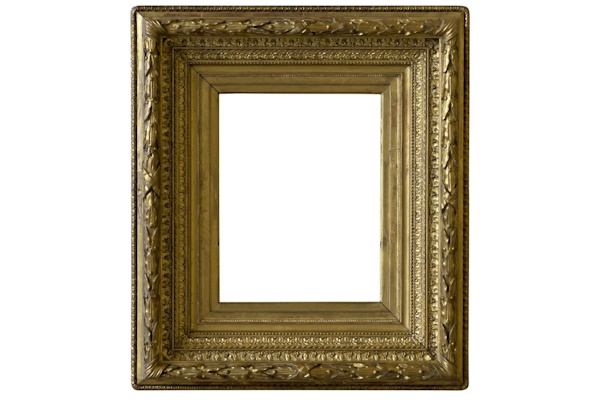- Κωδικός / Course Code: ΠΠΑ621
- ECTS: 15
- Τρόποι Αξιολόγησης / Assessment: 2 assignments (15% each one), weekly activities (10%), final exam (60%)
- Διάρκεια Φοίτησης/ Length of Study: Εξαμηνιαία (εαρινό)/ Semi-annual (spring)
- Κόστος/ Tuition Fees: €550
- Επίπεδο Σπουδών/ Level: Μεταπτυχιακό/ Postgraduate
- Αναλυτική πληροφόρηση: PPA621.eng_11.2023.pdf
The Module ΠΠΑ621, "Art and Society", consists of four (4) sub-units, corresponding to groups of weeks:
The first sub-unit (4 weeks) analyses the relationship between cultural institutions and their historical and social context. It examines the influence of cultural context in the perception of arts, as well as the role of aesthetics in cementing collective perceptions and beliefs.
The second sub-unit (3 weeks) deals with the importance and the role of the official, state management and promotion of the cultural past in the present through institutions and projection of values. This subunit uses the knowledge of the previous section in a way that the students understand more specifically how visual semiology creates collective memory and identity, and - for that very reason – how it determines cultural policy decisions and arts management.
The third sub-unit (3 weeks) focuses on the institutions of Cultural Capital, Cultural Olympiads, and the opening ceremonies of the Olympic Games. It examines, using very specific case studies, the conditions that shaped the identity of these institutions; their differentiations over time; and their relationship with broader political, social and economic contexts.
The fourth sub-unit (3 weeks) discusses the history of the art market, and its social impact as an economic and symbolic value. It acquaints students with the main factors that mobilize art markets today, as well as the institution of sponsorship, and describes the ways in which ideologies, symbolic values, cultural institutions and cultural policies interact and interlink.
The Module focuses in particular on:
- Theories of aesthetic perception and interpretation of the arts (such as theories of sociology, semiotics, visuality and aesthetics).
- The decisive role of the arts over the centuries to confirm collective beliefs, create collective identities and define national affinities.
- The role of cultural and other institutions in the process of confirming the symbolic value of cultural heritage and creating added value in modern artistic production.
- Iinstitutions such as the Cultural Capital, the Cultural Olympiads, the opening ceremonies of the Olympic Games, and their role in shaping and enhancing collective memory and cultural identity.
- The parameters of shaping the art market, the factors that affect it, and its relation to the social conditions and prevailing values.
- Issues of sponsorship and artistic commission, as well as their history and importance for both the artistic production and the dissemination of culture, in general.




